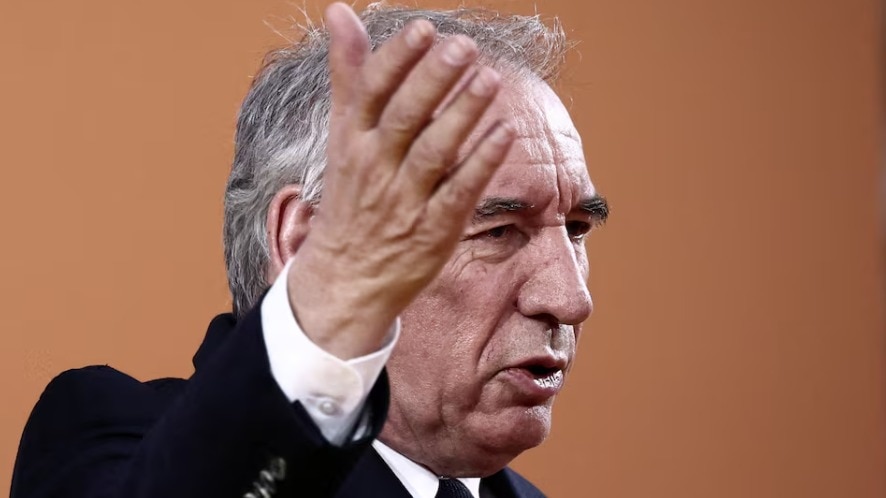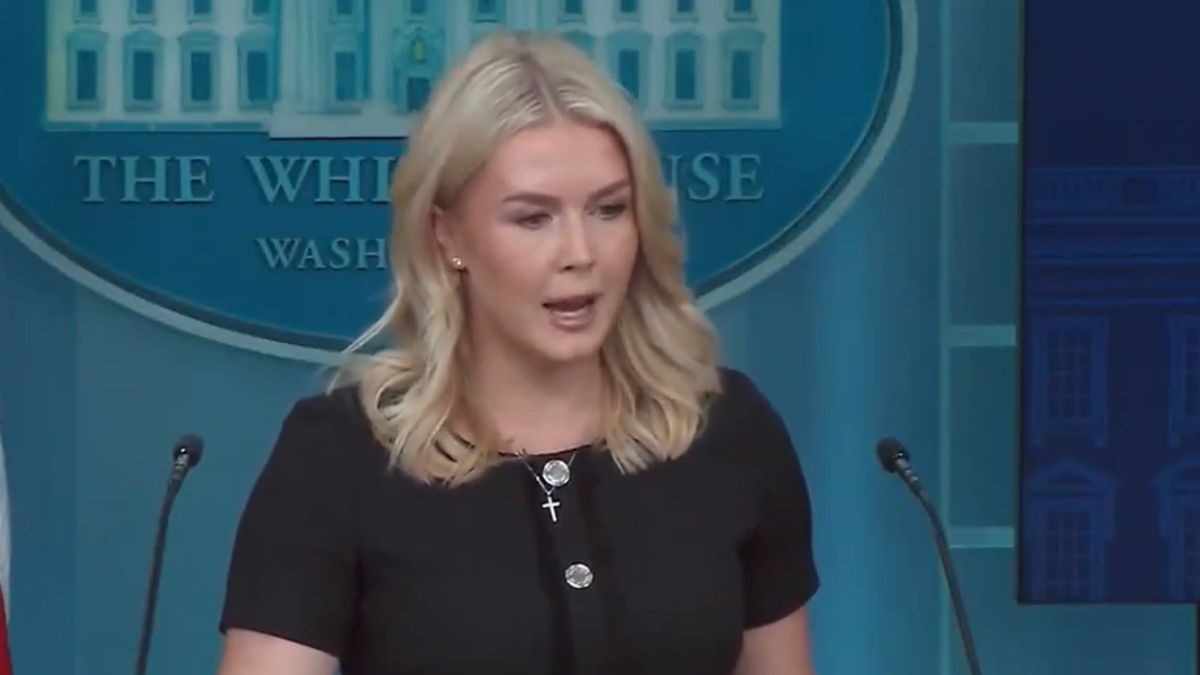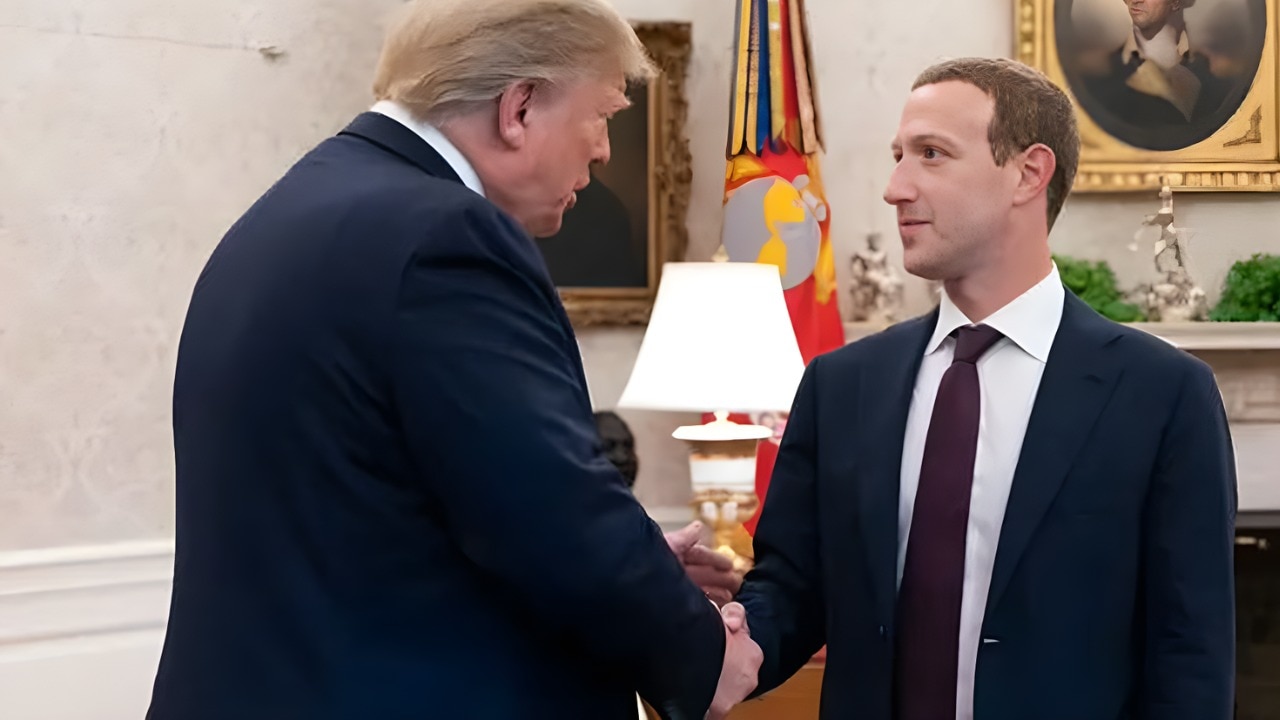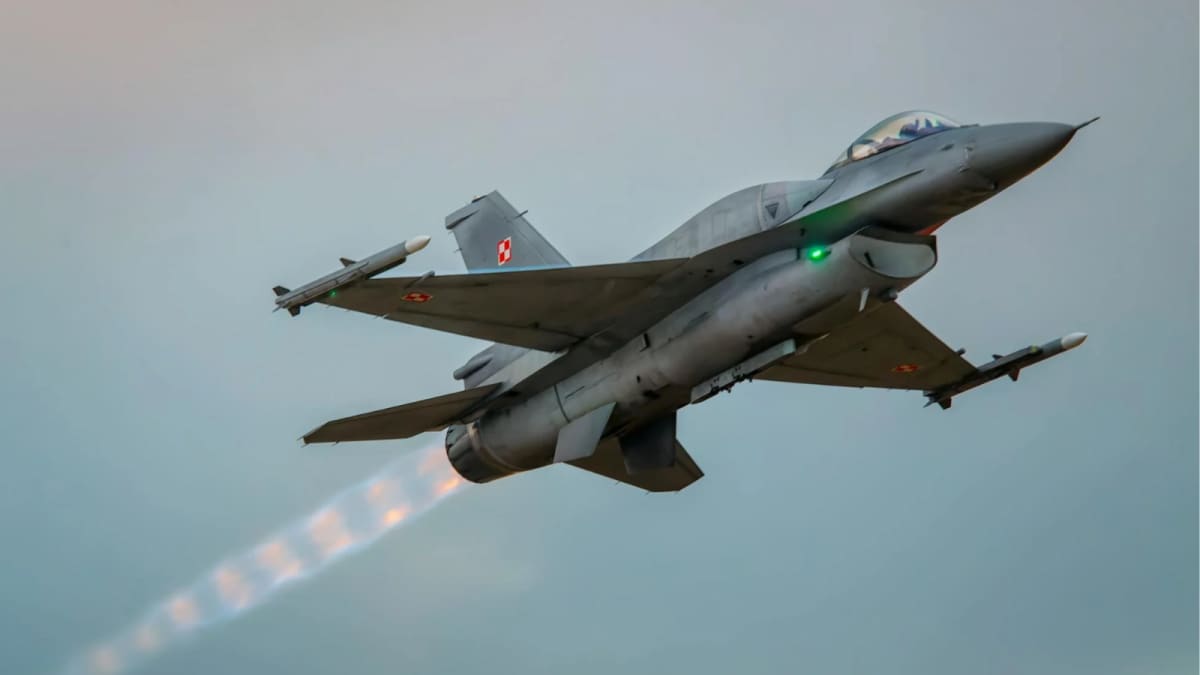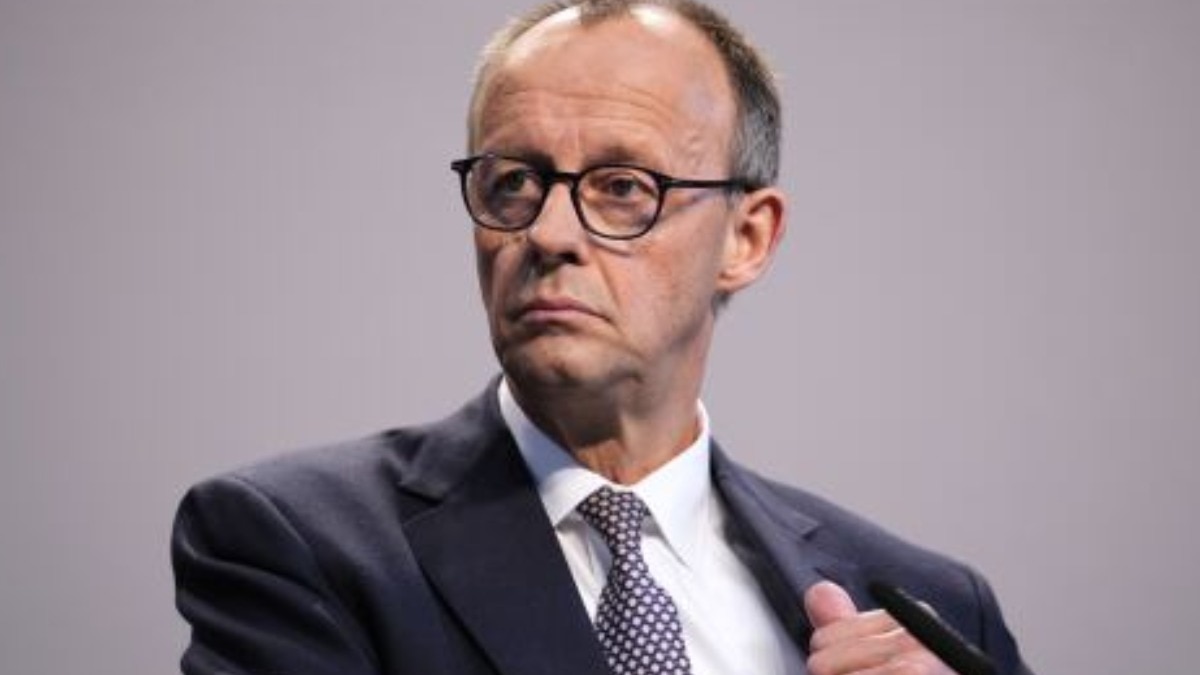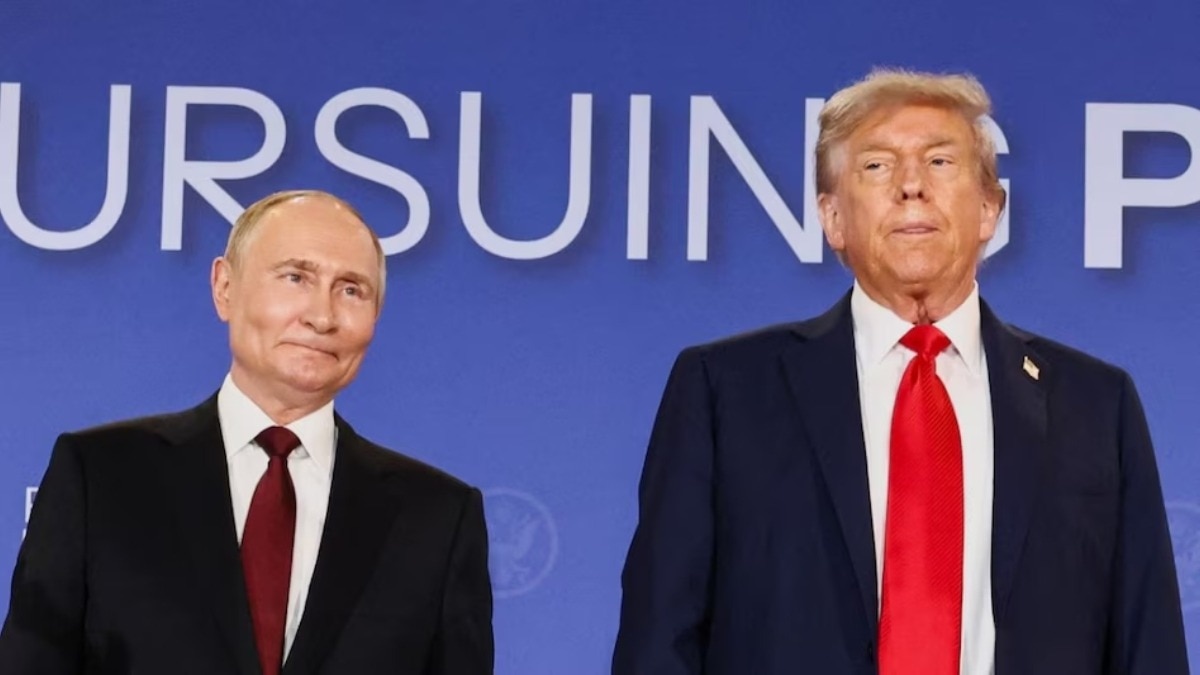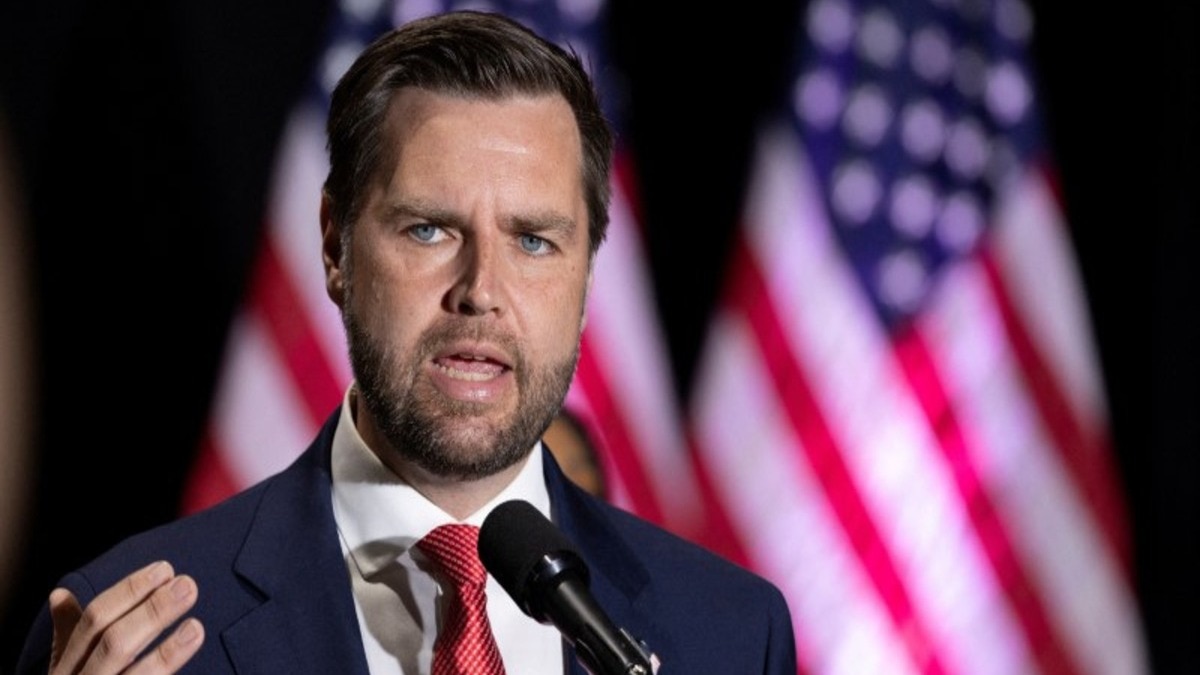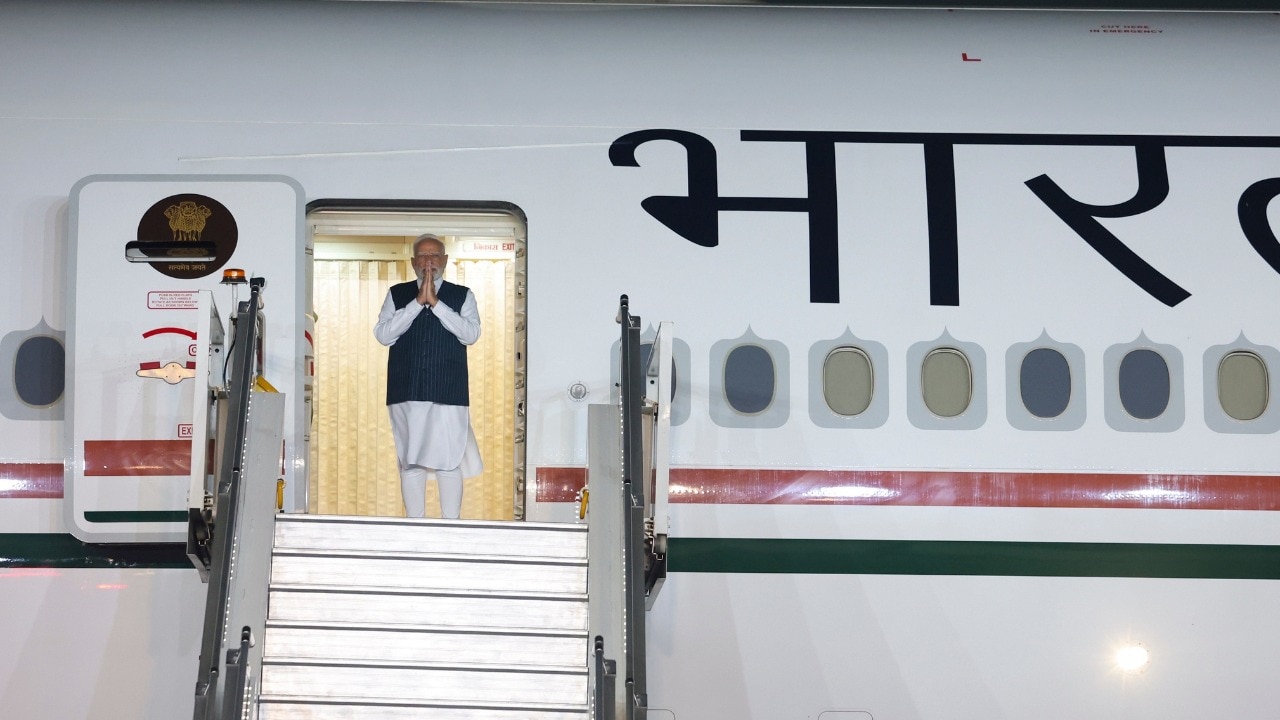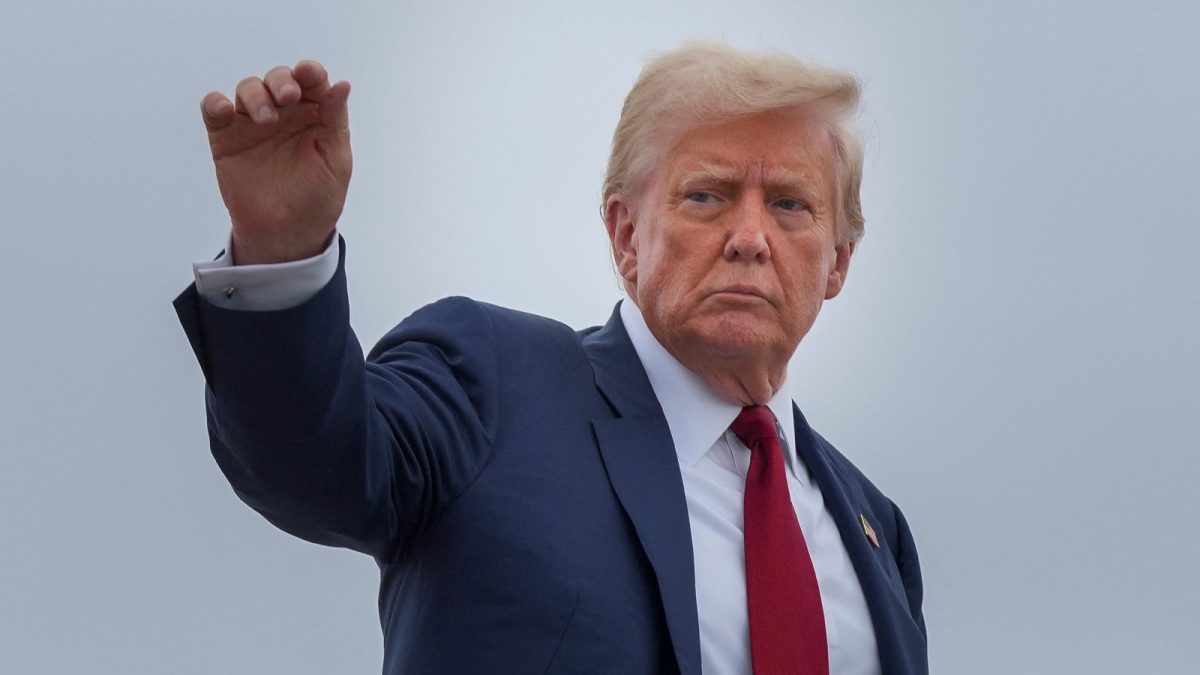Trump's sweeping tariffs on India and other key trade partners spark global backlash, triggering defiance, urgent talks, and rising fears of a trade war and supply chain disruptions worldwide.
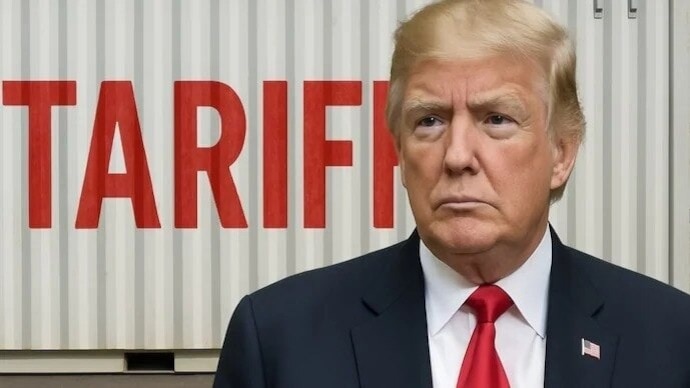
Trump’s sweeping tariffs hit India, Brazil, and others as US duties reach century-high levels.
US President Donald Trump's higher tariffs on imports from dozens of countries kicked in on Thursday, raising the average U.S. import duty to its highest in a century and leaving major trade partners such as Switzerland, Brazil and India hurriedly searching for a better deal.
The US Customs and Border Protection agency began collecting the higher tariffs of 10 per cent to 50 per cent at 12:01 a.m. EDT (0401 GMT) after weeks of suspense over Trump's final tariff rates and frantic negotiations with countries seeking to lower them.
The leaders of Brazil and India vowed not to be cowed by Trump's hardline bargaining position, even while their negotiators sought a reprieve from the highest tariff levels.
The new rates will test Trump's strategy for shrinking US trade deficits without causing massive disruptions to global supply chains or provoking higher inflation and stiff retaliation from trading partners.
'BILLIONS' IN TARIFF REVENUE
After unveiling his "Liberation Day" tariffs in April, Trump has frequently modified his plans, slapping much higher rates on imports from some countries, including 50 per cent for goods from Brazil, 39 per cent from Switzerland, 35 per cent from Canada and 25 per cent from India. He announced on Wednesday a further 25% tariff on Indian goods, to be implemented in 21 days over India's purchases of Russian oil, on top of the 25 per cent already imposed.
"BILLIONS OF DOLLARS, LARGELY FROM COUNTRIES THAT HAVE TAKEN ADVANTAGE OF THE UNITED STATES FOR MANY YEARS, LAUGHING ALL THE WAY, WILL START FLOWING INTO THE USA," Trump said on Truth Social just ahead of the tariff deadline.
Tariffs are ultimately paid by companies importing the goods, and passed on in full or in part to consumers of end products.
Trump's top trade negotiator, Jamieson Greer, said the U.S. was working to reverse decades of policies that had weakened US manufacturing capacity and workforce, and that many other countries shared concerns about macroeconomic imbalances.
"The rules of international trade cannot be a suicide pact," he wrote in a column published by the New York Times.
"By imposing tariffs to rebalance the trade deficit and negotiating significant reforms that form the basis of a new international system, the United States has shown bold leadership," Greer said.
Eight major trading partners accounting for about 40 per cent of US trade flows have reached framework deals for trade and investment concessions to Trump, including the European Union, Japan and South Korea, reducing their base tariff rates to 15 per cent.
Britain won a 10 per cent rate, while Vietnam, Indonesia, Pakistan and the Philippines secured rate reductions to 19 per cent or 20 per cent.
"There'll be some supply chain rearrangement. There'll be a new equilibrium. Prices here will go up, but it'll take a while for that to show up in a major way," said William Reinsch, a senior fellow and trade expert at the Center for Strategic and Studies in Washington.
Countries with punishingly high duties, such as India and Canada, "will continue to scramble around trying to fix this," he added.
Switzerland's President Karin Keller-Sutter said on Thursday that talks with the US would continue after she returned home empty-handed from an 11th-hour trip to Washington aimed at averting the crippling US import tariff on Swiss goods.
A last-minute attempt by South Africa to improve its offer in exchange for a lower tariff rate also failed. The two countries' trade negotiating teams would have more talks, South African President Cyril Ramaphosa's office said.
Vietnam said on Thursday it would continue talks with the US as it seeks to lower tariffs further still, after negotiating a reduction to 20% from the 46% duty Trump slapped on imports from the Southeast Asian country in April.
Meanwhile, Brazil's President Luiz Inacio Lula da Silva told Reuters on Wednesday he would not humiliate himself by seeking a phone call with Trump even as he said his government would continue cabinet-level talks to lower a 50 per cent tariff rate.
Indian Prime Minister Narendra Modi was similarly defiant, saying he would not compromise the interests of the country's farmers. The pressure has also strengthened India's commitment to a "strategic partnership" with Russia, with Russian President Vladimir Putin set to visit by the end of the year.
Some countries were also rallying together to confront Trump, with Brazil's Lula saying he would call the leaders of India and China to discuss a joint BRICS response to tariffs. Trump has repeatedly railed against BRICS members and recently threatened to subject their imports to an additional 10 per cent tariff.
India said on Wednesday that Modi would visit China for the first time in seven years.
REVENUES, PRICE HIKES
U.S. import taxes are one part of a multilayered tariff strategy that includes national security-based sectoral tariffs on semiconductors, pharmaceuticals, autos, steel, aluminum, copper, lumber and other goods. Trump said on Wednesday the microchip duties could reach 100 per cent.
China is on a separate tariff track and will face a potential tariff increase on August 12 unless Trump approves an extension of a prior truce. He has said he may impose additional tariffs over China's purchases of Russian oil as he seeks to pressure Moscow into ending its war in Ukraine.
Trump has touted a vast increase in federal revenues from his import tax collections, with US Commerce Secretary Howard Lutnick saying on Fox Business Network on Thursday that he expected revenue from tariffs to reach USD 50 billion a month, with more increases expected from separate duties on semiconductors and pharmaceuticals that should be announced soon.
The increase in duties will drive average U.S. tariff rates to around 20%, the highest in a century and up from 2.5 per cent when Trump took office in January, the Atlantic Council estimates.
Commerce Department data released last week included more evidence that tariffs were driving up US prices, including for recreational goods and motor vehicles, while costs are mounting for companies, including bellwethers Caterpillar, Marriott, Molson Coors and Yum Brands.
Toyota on Thursday said it expected a hit of nearly USD 10 billion from tariffs on cars imported into the US as it cut its full-year profit forecast by 16 per cent.
But other Japanese companies such as Sony and Honda said they now expected a smaller impact on profits after Japan agreed a bilateral deal with Washington to lower tariffs.
- Ends
Published By:
Aashish Vashistha
Published On:
Aug 8, 2025
Tune In

 3 weeks ago
3 weeks ago


